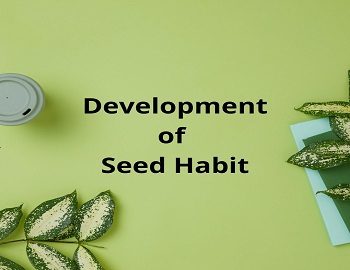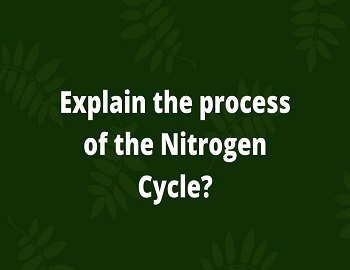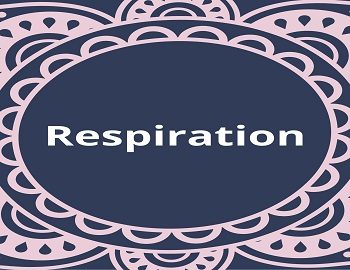Epithelial Tissue:
Epithelial tissue or epithelium is a fundamental animal tissue that is made of one or a few layers of compactly arranged cells overlying a basement membrane that covers the external and internal surfaces of various body parts. The term was coined by Ruysch.
Functions of Epithelial Tissue:
- Protection- The basic function of epithelial tissue is the protection of underlying tissue from injury by chemicals, pressure, abrasion and infection. The thick keratinized layer of dead epithelial cells is sloughed off constantly due to friction but is formed again by the rapid cell division of underlying cells.
- Absorption- Epithelial cells having microvilli develop a large surface area suitable for rapid absorption of materials. Example- intestinal mucosa.
- Secretion- The glandular epithelial cells lining the inner cavities secret various substances like mucous, enzymes and hormones which are necessary for various metabolic activities.
- Excretion- The epithelial cells of Kidney tubules or sweat glands remove the excessive and toxic metabolic wastes from the body thus helping in excretion.
- Sensations- Sensations are perceived only with the help of special sensory epithelium present in various sense organs like nasal epithelium, taste buds, maculae, cristae etc. The perceived stimuli are transferred to nerve fibres for communication to the brain.
- Pigmentation- Pigmented epithelium occurs on the outside of the retina in contact with the choroid. It darkens the cavity of the eyeball and prevents the internal reflection of light rays.
- Other Functions- The trachea contains the ciliated epithelium to facilitate the transport of mucous and other substances from one part of the body to another. The lungs epithelium helps in the exchange of gases during respiration and the germinal epithelium of testes and ovaries form the sperms and ova respectively. The epithelium also forms the exoskeleton structures as scales, feathers, hair, nails, claws, horns etc.









Comments (No)